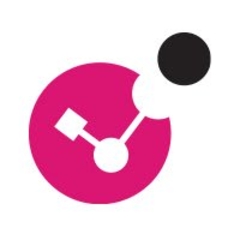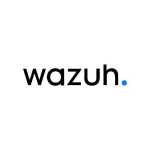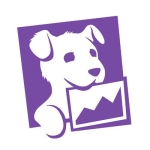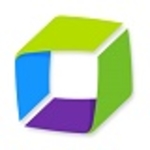What is our primary use case?
We use the solution for a distributed lean IT environment where there's a need to monitor logs, threats, and events, or requires configuring security policies within a single dashboard.
It's great for customers who are searching for an upgraded top to bottom yet simple and improved log management solution. In such cases, Check Point Management works perfectly.
Wherever we have provided such a solution, it has become very easy for IT administrators to manage not only a single location but also geographically distributed workplaces.
It works similarly to other management software in the industry, but Check Point is far beyond all others due to its management log monitoring functionality.
How has it helped my organization?
After integration with the R80 series, Check Point has made most organizations become relatively secure as configuration with security policies, IPS, and log management extend to the maximum ability.
Previously, we needed to monitor all logs related to network traffic and threats and had to audit logs in different dashboards which sometimes felt time and memory consuming.
With the R80 management consoles, all tasks become very easy - starting from gateway management, log monitoring, IPS configuration, global properties configuration, etc.
What is most valuable?
Some of the great aspects of the solution include:
1. Smart Event is a great feature of the Check Point management console. It gives a complete graphical view of more than a year of traffic flow including botnet traffic, malicious host present in-network, compromised hosts, and many more.
2. Object (based on IP, hostname, domain name) configuration.
3. Application and URL filtering configuration.
4. Log monitoring and alert configuration.
5. IPS configuration with improved performance.
6. Applying filters based on source, destination, port, application, etc. which is easy compared to all other vendors in the market.
7. Managing clustering for gateways - including their live health check performance - can be done on the dashboard itself.
8. The SSL VPN monitoring based on users and tunnel monitoring are great value-added features present in the management console.
What needs improvement?
The solution could be improved in these ways:
1. In order to work the management console properly we're required to have more memory and CPU on the system where we need to install a setup.
2. Due to the large size of logs generated for daily traffic, even when old logs purging is enabled, we need to delete old logs manually or else it causes errors while publishing policies which slow down the process.
3. SD-WAN functionality could be added.
4. The required license addition for every blade is a bit of a complicated task for normal IT admins to understand.
For how long have I used the solution?
I've used the solution for more than four years.
What do I think about the stability of the solution?
Stability is always improving day by day with Hotfixes they are releasing.
What do I think about the scalability of the solution?
We can scale up to a maximum limit.
How are customer service and technical support?
The technical support is very knowledgeable.
Which solution did I use previously and why did I switch?
We have good relations with Check Point. This is the main reason we have always preferred it. The technical support offered by Check Point is always a top priority.
Customer from Sophos to Check Point and ASA to Check Point has migrated to our centralized management from Check Point.
How was the initial setup?
The initial setup is straightforward, however, it can get a little complex for migration from another vendor to Check Point.
What about the implementation team?
We had the assistance of vendor support during the implementation.
What's my experience with pricing, setup cost, and licensing?
Check Point licenses work very differently compared to other vendors. We need to purchase each blade in order to make it work, but we can easily obtain a trial (evaluation) license from Check Point to get visibility for the blade.
Check Point tries to maintain relationships with customers and they try to match their price with customer expectations.
Which other solutions did I evaluate?
Palo Alto is most preferred NGFW compared to Check Point, due to having a large market share.
Which deployment model are you using for this solution?
On-premises
Disclosure: My company does not have a business relationship with this vendor other than being a customer.

















